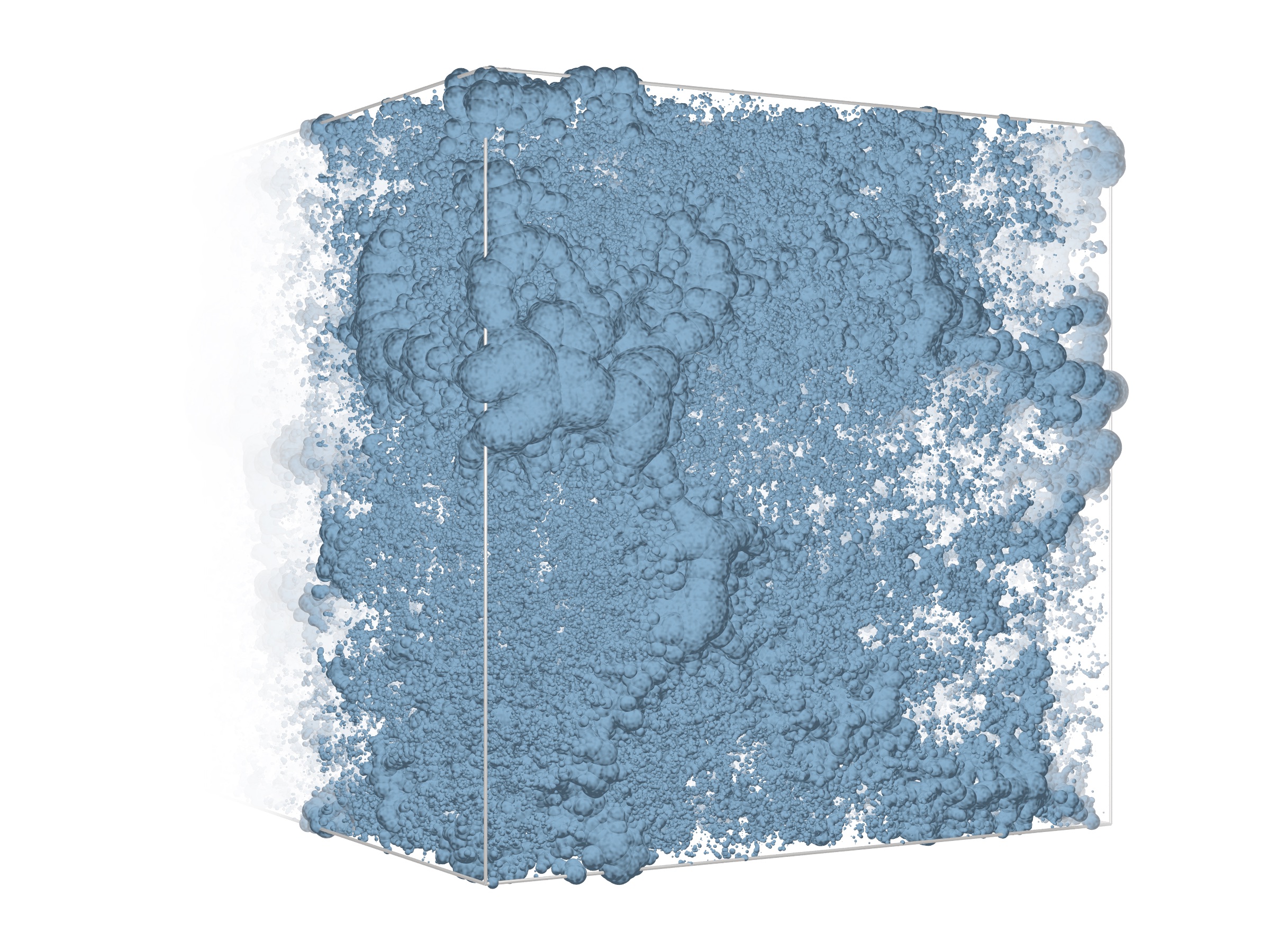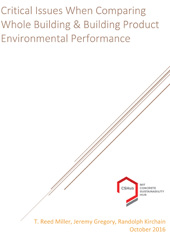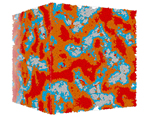The Massachusetts Institute of Technology Climate and Sustainability Consortium (MCSC), launched late last month, convenes an alliance of leaders from a broad range of industries and aims to drive solutions addressing climate change threats. Organizers characterize the group as uniting “similarly motivated, highly creative and influential companies to work with MIT to build a process, market, and ambitious implementation strategy…
Read MoreTag: MIT
LafargeHolcim joins Apple, other corporate elites on MIT Climate Consortium
Source: Massachusetts Institute of Technology, Cambridge The just-launched MIT Climate and Sustainability Consortium (MCSC) convenes an alliance of leaders from a broad range of industries and aims to drive solutions addressing climate change threats. Organizers characterize it as uniting “similarly motivated, highly creative and influential companies to work with MIT to build a process, market, and ambitious implementation strategy for…
Read MoreCambridge Collaboration
MIT Concrete Sustainability Hub enters a second decade set to further frame criteria driving building and construction decisions
Having secured another five-year industry commitment through 2024, the Massachusetts Institute of Technology Concrete Sustainability Hub (MIT CSHub) is prepared to take its innovative research to the next level in revolutionizing the way building and construction design decisions are made.
Read MoreMIT CSHub researchers explore the effects of moisture and drying on cement
In a National Academy of Sciences paper, researchers at the Massachusetts Institute of Technology-hosted Concrete Sustainability Hub (CSHub) discuss how the porous network of portland cement absorbs water, and propose how drying permanently rearranges the material while leading to potential structural damage.
Read MoreReport qualifies life cycle aspect of robust construction methods
A new Portland Cement Association report presents historical data, evidence from external sources, and structural material comparisons supporting the premise: Cast-in-place or precast concrete, or concrete masonry construction methods lead to longer lasting buildings owing to their ability to stand up to normal wear and tear plus resistance to extreme weather events.
Read MoreCSHub assembles global cement, concrete group leaders at MIT
Leaders of cement and concrete industry organizations representing 11 countries and regions from around the U.S. met with Massachusetts Institute of Technology-hosted Concrete Sustainability Hub (CSHub) staff earlier this year to discuss research and collaboration supporting cement-based materials and sustainability measures.
Read MoreLife-cycle perspective backs report on critical issues in building practices
A new report from the Massachusetts Institute of Technology-hosted Concrete Sustainability Hub (CSHub), Critical Issues When Comparing Whole Building and Building Product Environmental Performance, addresses key concepts in quantifying the environmental impact of buildings and products comprising them. It also makes recommendations for current and future building practices using life cycle assessment (LCA), and offers suggestions for research to advance future study and practice.
Read MoreMarine species represent blueprints for stronger, more durable concrete
Sources: Massachusetts Institute of Technology, Cambridge; CP staff
In a project funded by outside parties and independent of the Concrete Sustainability Hub, MIT researchers are seeking to redesign concrete by following nature’s blueprints, contrasting cement paste with the structure and properties of bones, shells, and deep sea sponges. As they observe in a current Construction and Building Materials paper, such biological materials are exceptionally strong and durable, thanks in part to their precise assembly of structures at multiple length scales, from the molecular to the macro, or visible, level.
Read MoreMIT researchers: New microstructure modeling spells better concrete
To further understand concrete’s microscopic structure and behavior, researchers from the Massachusetts Institute of Technology, Georgetown University, France’s CNRS and peer institutions on both sides of the Atlantic have focused on the principal binder: Is calcium silicate hydrate a continuous solid, like metal or stone, or an aggregate of small particles? Their finding that solidified CSH is a “bit of both” could inform new approaches to lowering mix designs’ water volume and finished structures’ permeability.
MIT researchers: New microstructure models spell better concrete
Sources: Massachusetts Institute of Technology, Cambridge; CP staff
To further understand concrete’s microscopic structure and behavior, researchers from the Massachusetts Institute of Technology, Georgetown University, France’s CNRS and peer institutions on both sides of the Atlantic have focused on whether the principal binder, calcium silicate hydrate, is a continuous solid, like metal or stone, or an aggregate of small particles. Their finding that solidified CSH is a “bit of both” could inform new approaches to lowering mix designs’ water volume and finished structures’ permeability.
Read More



